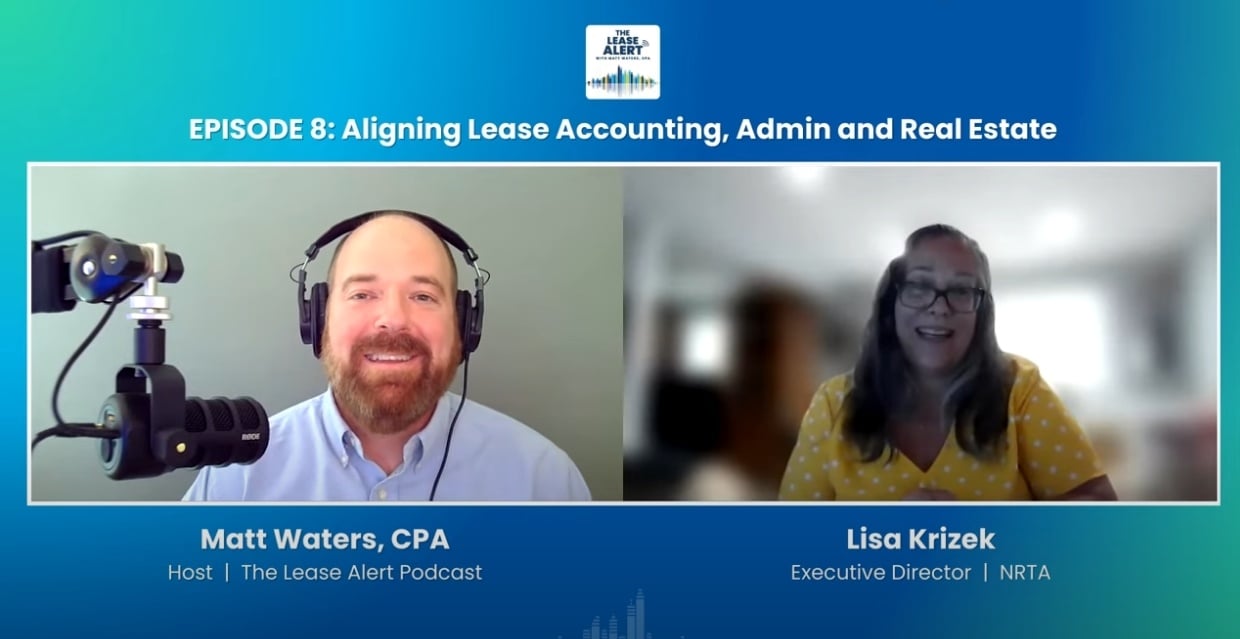Share this
by Micah Robinson on October 17, 2024
There's no shortage of buzz or concern on how commercial real estate is trending these days.
If you're a healthcare real estate admin or manager, however, the future seems to be looking up.
Real estate investment trusts (REITs) made a significant surge in healthcare property spending last year as they've noticed a trend that's been getting plenty of buzz in the news lately: the aging baby boomer population and their dependence on modern medical care.
Informally known as "the grey tsunami", this is driven by the U.S. Census Bureau prediction that 73 million baby boomers will be over 65 by 2030, with 10,000 boomers reaching this milestone daily. Additionally, longer life spans and historically low birth rates are expected to shift the age balance, with older adults projected to outnumber those under 18 by 2034 for the first time in U.S. history.
Accordingly, REITs shifted their late 2023 focus toward segments with strong income growth, particularly in healthcare properties. The sector saw a 7.6% increase in same-store net operating income growth from the fourth quarter of 2022, attracting almost $2 billion in net healthcare property acquisitions in the year's final quarter.
Most noteworthy of all, this spending is being driven by five specific trends that paint the picture of an industry trying to answer this so-called tsunami with modern, sustainable practices.

How We Help Real Estate Teams
Get the portfolio visibility and control you need
Demand for Flexible and Adaptive Spaces
As the healthcare industry evolves, the demand for flexible and adaptive spaces is becoming increasingly important. Healthcare providers and real estate stakeholders must collaborate to create spaces that not only meet current needs but also anticipate future requirements. The unpredictability of healthcare demand necessitates real estate solutions that can adapt quickly and efficiently.
The COVID-19 pandemic highlighted the need for flexible healthcare spaces. Hospitals faced significant challenges in accommodating patients due to fluctuating patient volumes. This experience underscored the importance of modular designs, movable walls, and multipurpose spaces. Modular construction, in particular, offers a rapid response to changing needs, allowing healthcare facilities to transform spaces with minimal disruption.
An example of this approach is M Health Fairview in Minneapolis-St. Paul, which uses a modular, prebuilt space to accommodate short stay and observation beds. This flexible design enables the hospital to repurpose the unit as needs change, demonstrating the value of adaptable healthcare real estate.
The Rise of Medical Coworking: A Disruptive Trend
Medical coworking is emerging as a disruptive trend in healthcare real estate. Borrowing from the coworking model popularized in traditional office spaces, medical coworking offers healthcare professionals a flexible alternative to conventional clinic settings. These spaces are designed to provide on-demand access to office or clinical environments, equipped with state-of-the-art facilities and medical equipment.
Medical coworking spaces cater to independent practices, physicians, therapists, entrepreneurs, and researchers. By sharing space without sharing their core business, these professionals can reduce costs and benefit from modern, well-equipped environments. Examples of medical coworking spaces include ShareMD Suites, Clinicube, and MedCoShare, which offer memberships for booking consult rooms and procedure suites.
This trend not only provides flexibility but also fosters a collaborative environment where healthcare professionals can network and share resources. As the demand for adaptable and efficient healthcare spaces grows, medical coworking is poised to become a significant component of the healthcare real estate landscape.

Fear Not With the Best Lease Admin Software
Critical dates are NOT a problem with the right platform
Growth of Ambulatory Surgery Centers
The shift towards outpatient care has led to a surge in ambulatory surgery centers (ASCs). Hospitals and health systems are increasingly investing in these centers, which are often located away from main hospital campuses. ASCs offer numerous benefits, including shorter wait times, lower costs, and the convenience of same-day surgery.
According to the Ambulatory Surgery Center Association, more than 80% of surgeries in the U.S. are now performed in outpatient settings. This trend is driving the development of more freestanding surgical centers equipped with state-of-the-art operating rooms, recovery spaces, and rehabilitation facilities. The number of ASCs is projected to increase significantly over the next decade, reflecting the growing demand for outpatient surgical care.
ASCs are also expanding their scope of services to include more complex procedures that were traditionally performed in hospitals. This expansion is driven by advancements in medical technology and a focus on providing efficient, patient-centered care. As the healthcare delivery model continues to evolve, ASCs will play a crucial role in meeting the demand for accessible and cost-effective surgical care.
Embracing Eco-Friendly and Sustainable Practices
Sustainability is becoming a key focus in healthcare real estate, with organizations emphasizing green building practices and energy-efficient technologies. Health systems are increasingly adopting LEED-certified buildings, integrating renewable energy sources, and implementing waste-reduction strategies to achieve carbon-neutral goals.
In addition to environmental sustainability, there is a growing emphasis on designing healthcare spaces that support mental wellness and reduce employee burnout. Creating healing environments that go beyond traditional clinical settings can help attract, retain, and support medical staff. Incorporating nature-inspired designs, wellness rooms, meditation spaces, sleep pods, and collaboration areas into healthcare facilities can enhance the well-being of healthcare professionals and improve patient outcomes.
These sustainable practices not only benefit the environment but also contribute to the overall effectiveness and appeal of healthcare facilities. As the industry continues to prioritize sustainability, healthcare real estate will play a pivotal role in promoting eco-friendly practices and supporting the mental and physical well-being of both patients and staff.
Expansion of Behavioral Health Clinics
The demand for behavioral health services, including mental health, substance abuse, and developmental disorders, is surging across the U.S. Increased federal funding for behavioral health services is driving the robust expansion of mental healthcare clinics nationwide. This trend is creating significant opportunities for healthcare real estate, as the need for specialized facilities continues to grow.
The COVID-19 pandemic intensified the challenges associated with behavioral health, exacerbating issues such as self-isolation and emotional distress. This has led to a sharp increase in the demand for mental health services, highlighting the importance of accessible and well-equipped behavioral health clinics.
Managing Complex Healthcare Real Estate Portfolios
As healthcare real estate portfolios grow in complexity, admins must ensure that their lease administration solutions empower them to support their current holdings as well as the rapid growth to come. As coworking and providers subleasing space within their buildings become part of their operations, they'll need tools powerful and flexible enough to keep up with the complex hierarchy of leases, subleases and critical dates each of them will face.
Share this
- Lease Accounting Software (90)
- ASC 842 (83)
- Accounting Teams (53)
- Lease Administration Software (27)
- Retail Tenants (16)
- Commercial Real Estate (14)
- Lease Management (13)
- Real Estate Teams (10)
- ESG (8)
- Market Data and Analytics (8)
- Success Stories (8)
- News and Media Coverage (5)
- Transaction Management Software (2)
- frs 102 (2)
- Customer Success (1)
- Office Tenants (1)
- December 2025 (1)
- September 2025 (1)
- July 2025 (2)
- June 2025 (4)
- May 2025 (2)
- April 2025 (2)
- March 2025 (6)
- February 2025 (3)
- January 2025 (4)
- December 2024 (1)
- October 2024 (4)
- September 2024 (2)
- August 2024 (4)
- July 2024 (3)
- June 2024 (3)
- May 2024 (4)
- April 2024 (1)
- February 2024 (1)
- December 2023 (4)
- November 2023 (6)
- October 2023 (4)
- September 2023 (2)
- August 2023 (2)
- July 2023 (3)
- May 2023 (2)
- March 2023 (1)
- February 2023 (3)
- January 2023 (1)
- December 2022 (3)
- November 2022 (4)
- October 2022 (4)
- September 2022 (1)
- August 2022 (4)
- June 2022 (1)
- May 2022 (4)
- April 2022 (8)
- March 2022 (3)
- February 2022 (1)
- January 2022 (2)
- November 2021 (2)
- October 2021 (2)
- September 2021 (3)
- August 2021 (15)
- July 2021 (3)
- June 2021 (1)
- May 2021 (1)
- April 2021 (3)
- March 2021 (1)
- January 2021 (1)
- December 2020 (3)
- November 2020 (1)
- October 2020 (2)
- September 2020 (2)
- August 2020 (3)
- July 2020 (2)
- June 2020 (3)
- May 2020 (1)
- April 2020 (1)
- March 2020 (1)
- February 2020 (1)
- December 2019 (1)
- October 2019 (1)
- September 2019 (2)
- August 2019 (3)
- July 2019 (2)
- April 2019 (69)
- October 2018 (1)
- August 2018 (1)
- July 2018 (1)
- June 2018 (1)
- May 2018 (1)
- April 2018 (2)
- March 2018 (3)
- February 2018 (2)
- December 2017 (1)
- August 2017 (3)
- June 2017 (2)
- May 2017 (2)
- April 2017 (1)
- March 2017 (2)
- January 2017 (2)
- November 2016 (2)
- July 2016 (1)
- June 2016 (1)
- July 2015 (1)
- March 2015 (1)
- June 2014 (1)
- April 2014 (11)
- October 2011 (1)
You May Also Like
These Related Stories

Outside-the-box Successes for Real Estate Teams

Maximize Co-Tenancy Savings with Advanced Retail Lease Administration



